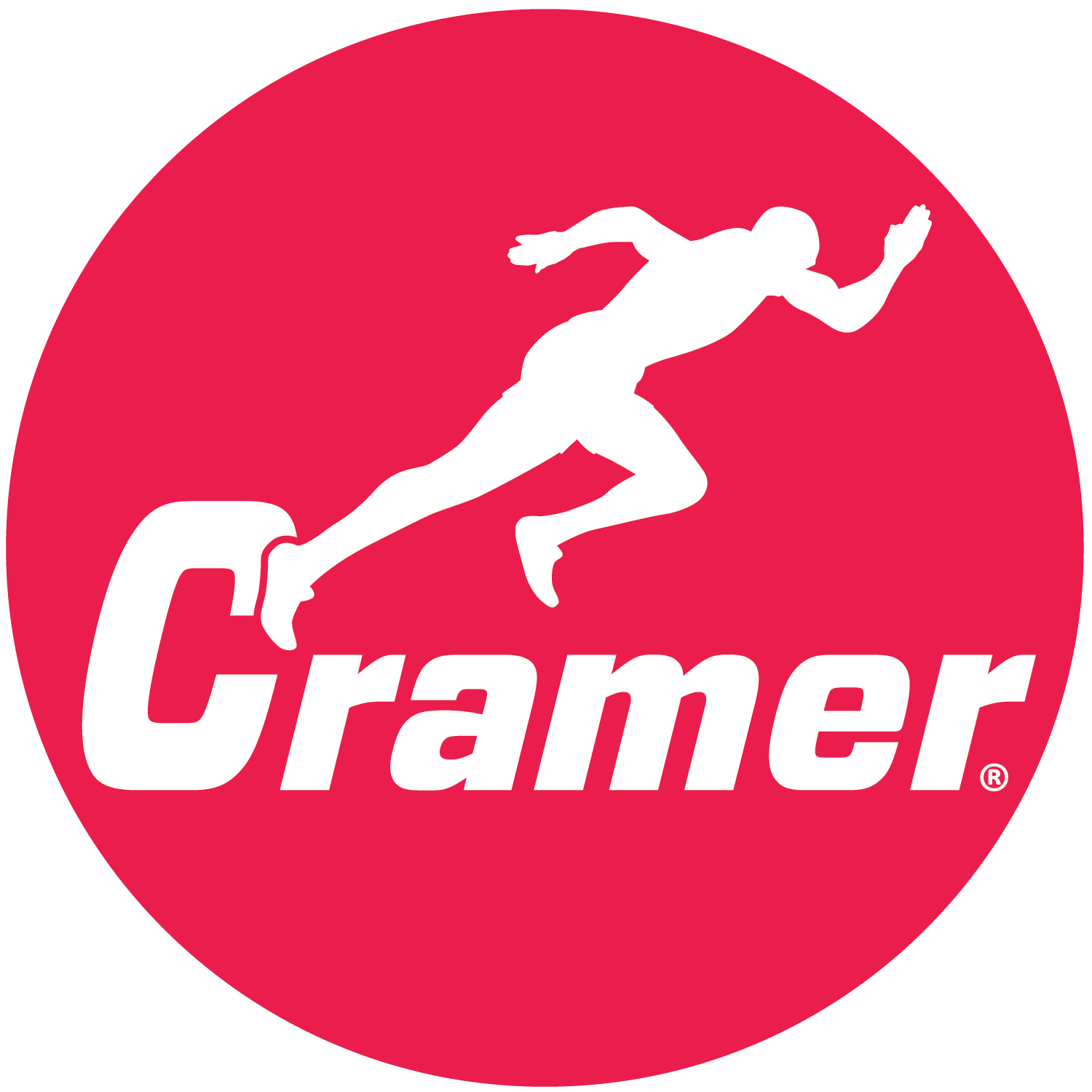
Jodie Smith, ATC, CSCS, is an outreach athletic trainer for rural high schools in Montana. She loves the variety and opportunity to make an impact on many teens.
Jodie grew up in Billings, Montana, and attended Billings West High School. Through the school’s student athletic training program, she took a sports medicine class as a sophomore, and was an athletic training student during her junior and senior years. She knew athletic training was the career for her. Read More
Research suggests that meditation may help U.S. military personnel cope with the stresses of combat more effectively. Now, UC San Diego researchers are looking at whether strengthening the mental muscle of Olympic athletes could confer a competitive edge in the world of sports, too. Read More
The American College of Sports Medicine (ACSM) has announced its annual fitness trend forecast based on survey responses from more than 3,400 health and fitness professionals worldwide. Now in its ninth year, the survey is designed to reveal trends in various fitness environments. Thirty-nine potential trends were given as choices, and the top 20 were ranked and published by ACSM. The results were published in the November/December issue of ACSM’s Health & Fitness Journal. Read More
Many can’t wait to hit the slopes for the ultimate ski and board active holiday. However, many of us forget that skiing is an extreme sport and don’t prepare our bodies sufficiently for on-slope action. Those with desk-bound jobs are especially vulnerable and as a result, painful injuries can occur which bring the winter fun to an abrupt end as well delivering a whole lot of pain. Read More
